A sideboard cloaked in Osgood oak
John Cameron found the stack of badly warped English brown oak boards in Jere Osgood's outbuilding as Osgood was closing his workshop and selling off his stock.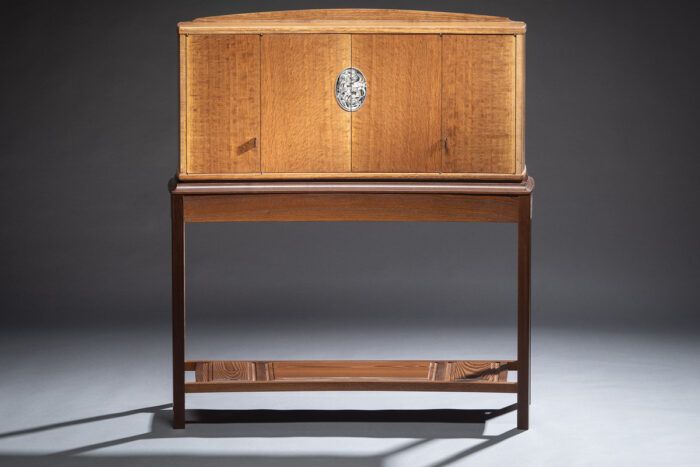
Synopsis: John Cameron found the stack of badly warped English brown oak boards in Jere Osgood’s outbuilding as Osgood was closing his workshop and selling off his stock. He spent a lot of time on those warped boards, and they finally gave up their inner beauty. This sideboard is the result.
When Jere Osgood was closing his New Hampshire workshop several years back and selling off his extraordinary trove of wood, John Cameron wandered into a small shed and found a stack of badly warped boards sawn 1⁄4 in. thick and coated with years of grime. Brushing off a board, he saw it was quartersawn English brown oak. Usable? He wasn’t at all sure. But he was inspired, and back at his shop in Gloucester, Mass., he got to work designing a sideboard. He cleaned the boards, then repeatedly soaked them with a mixture of glycerin, alcohol, and water and stacked and weighted them. After a week of coaxing, the wood was just pliable enough that with a bandsaw jig he devised, he could press the planks temporarily flat and resaw them in two. He thickness-sanded them at a friend’s shop, and when they were about 1⁄16 in. thick, he says, “this cantankerous wood magically stopped fighting and became beautifully behaved and perfectly flat.” With a little more magic in the making, Osgood’s old boards soon cloaked Cameron’s new sideboard. The cabinet’s interior is ash, its drawers are holly, and its base is toasted ash. Cameron engraved acanthus leaves on the nickel-silver escutcheon.
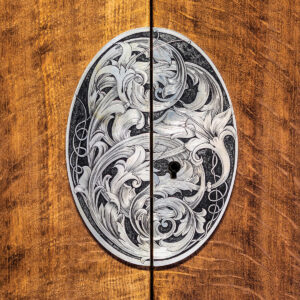 |
 |
—Jonathan Binzen
Photos: Bill Truslow
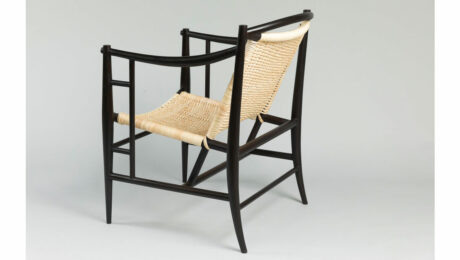 |
Evan Berding’s challenging chairEvan Berding had a vision for his chair that ended up taxing both his skills and his stamina. |
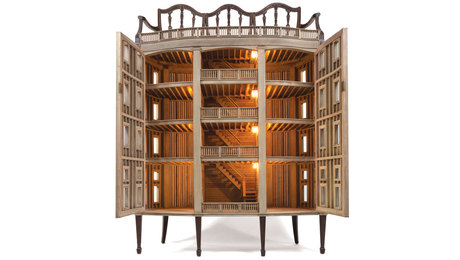 |
The Hepplewhite House |
 |
Carving with conflict |



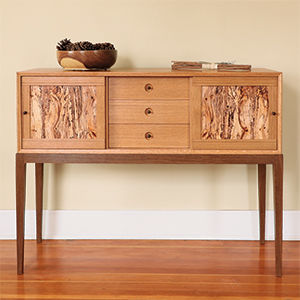

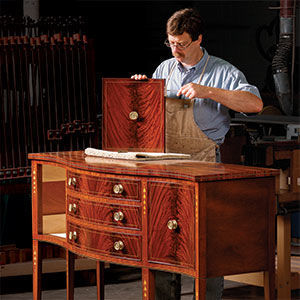












Log in or create an account to post a comment.
Sign up Log in